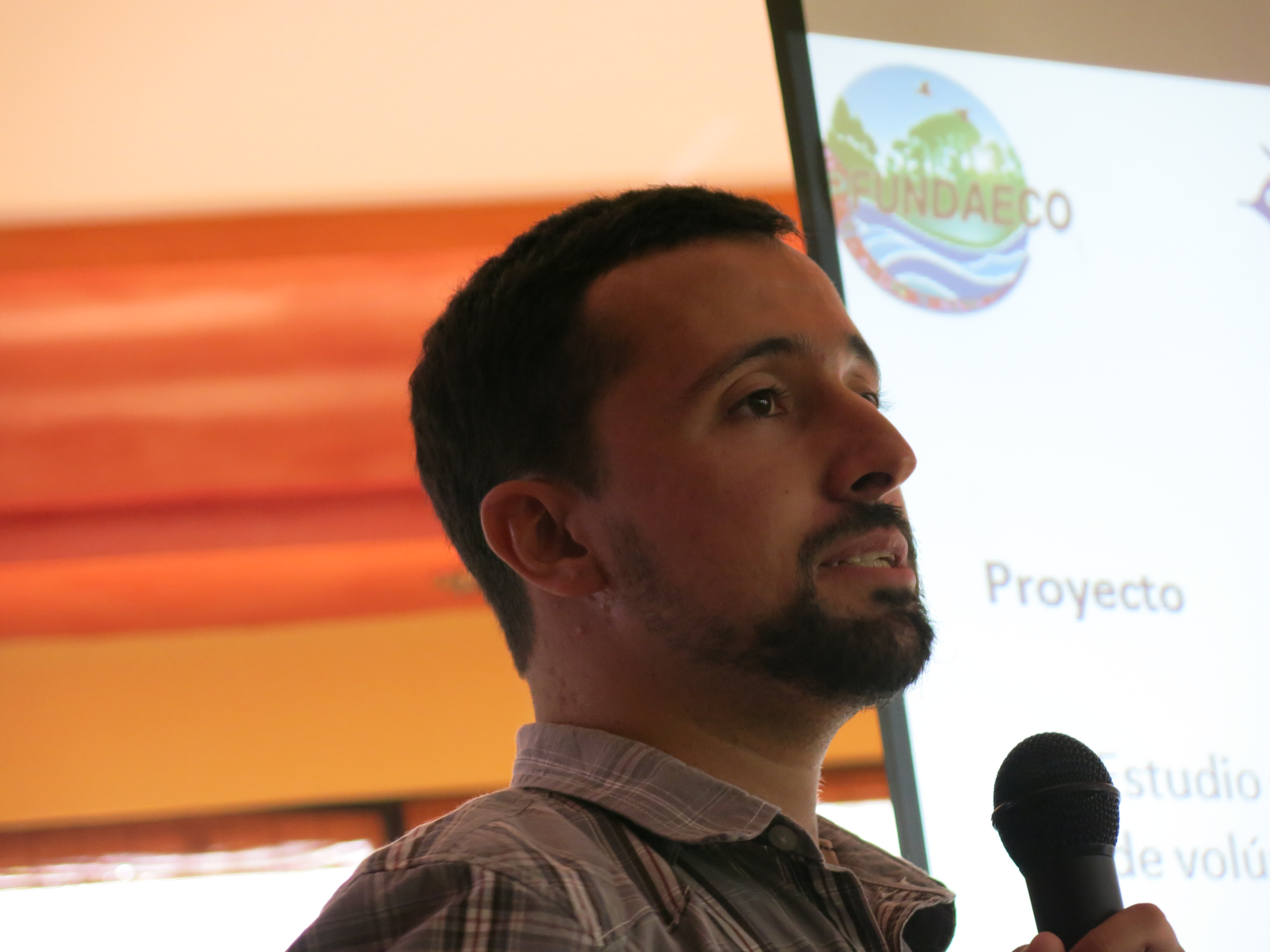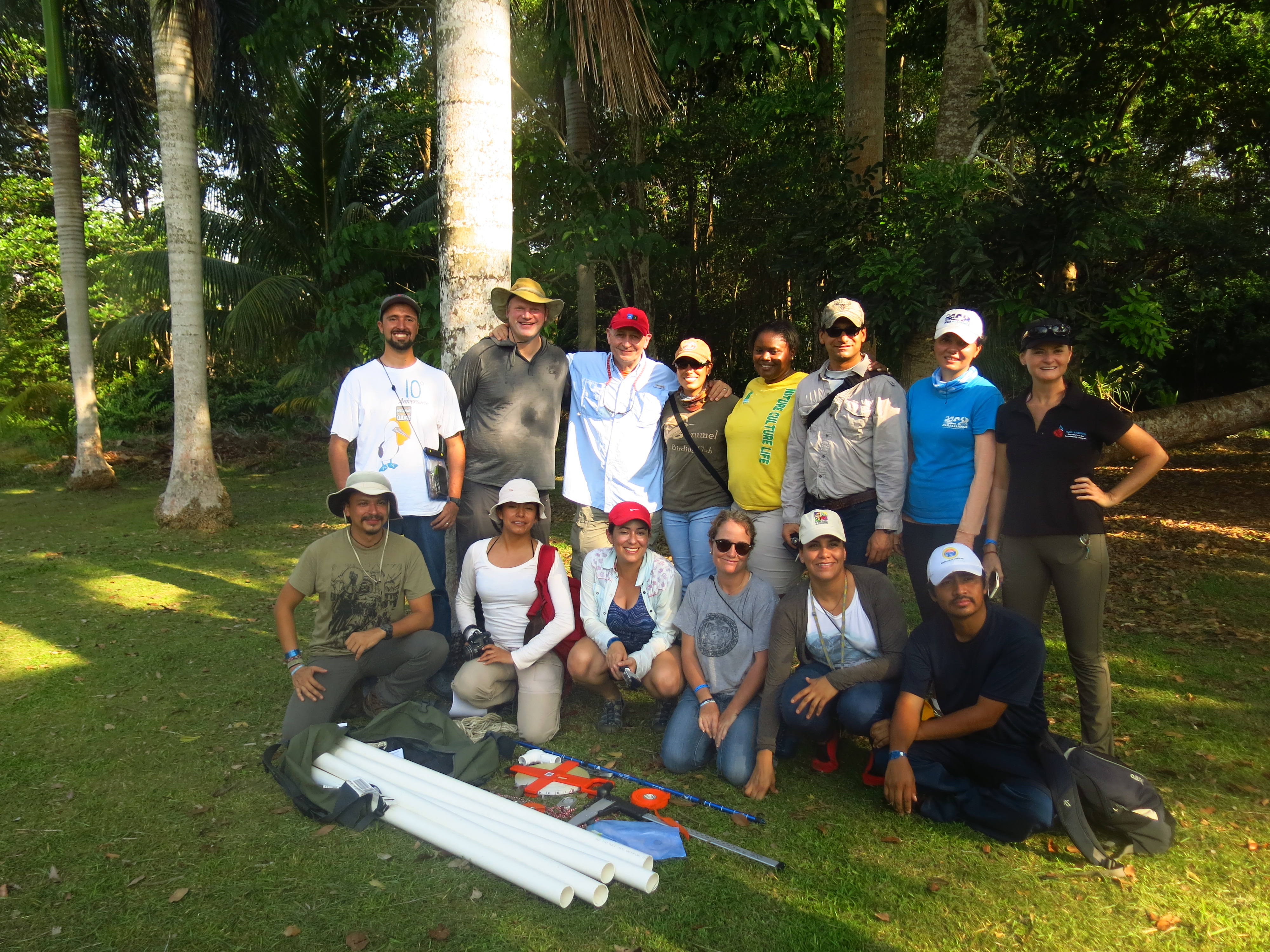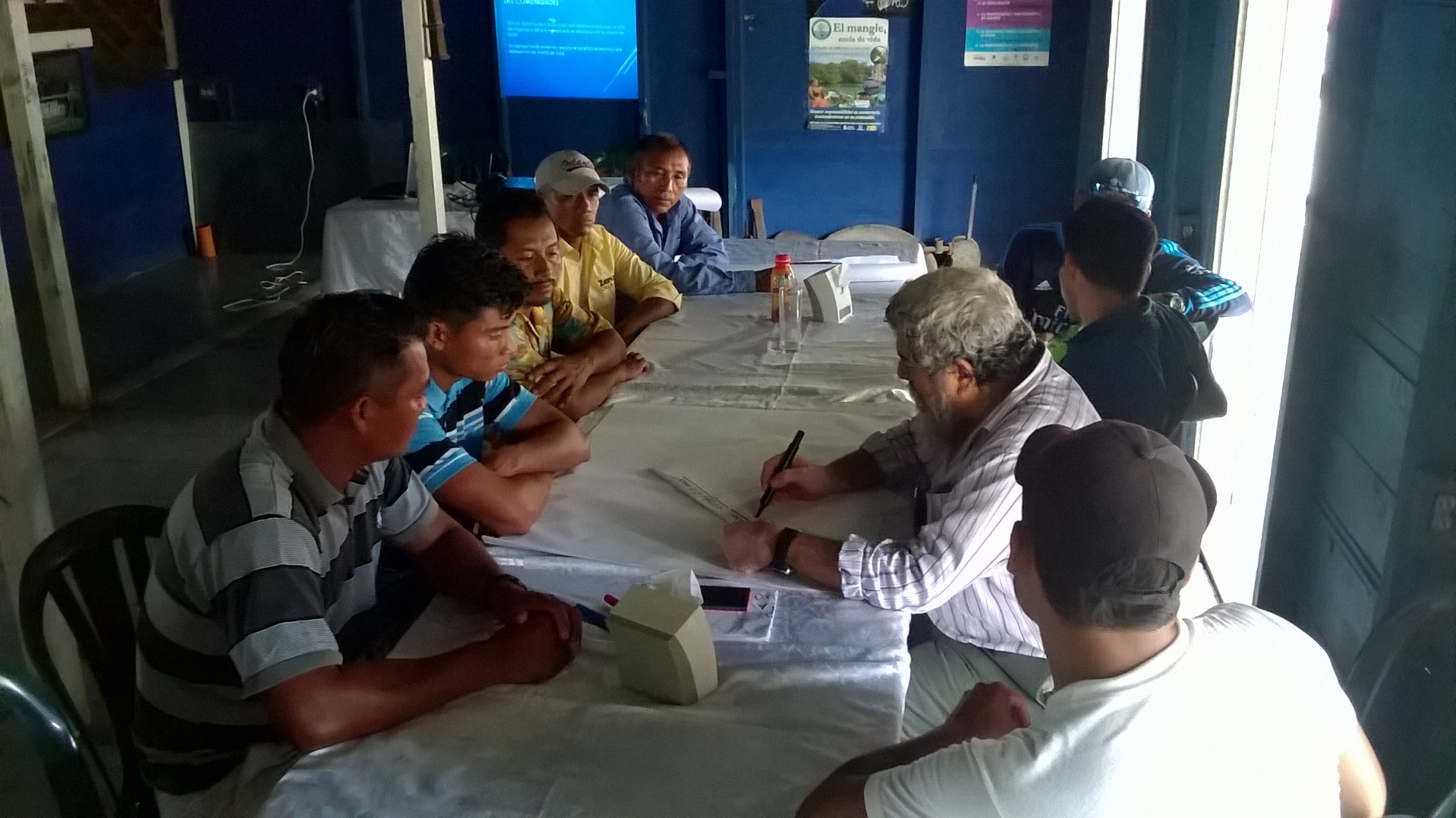Guillermo Gálvez is MAR L Fellow of the 2015 Generation. We asked him about his passion for the environment, his work at FUNDAECO, his experience as a MAR Fellow and his important economic and social valuation study of the mangrove.
Where do you come from and how was born your interest to work for the environment?
I was born in Guatemala City, I have always liked to see documentaries of marine and terrestrial ecosystems. My family did not like traveling much during the holidays. But when we went out, we always went to the Pacific beaches of Guatemala and I always enjoyed the sea.
When I had the opportunity to choose a career I wanted to study marine biology but at that time I was told that there was only general biology and an aquaculture career, which I did not know. I was guided by the pamphlet that was presented to me and in the end I graduated as a fish farmer!
Within my career I learned to dive, we had many practices and field trips that motivated me a lot. But I think the moment when I decided that I wanted to dedicate myself to the environment was when I did my professional practices in the Sarstún River (on the border between Belize and Guatemala) a place with still a lot of diversity.
Working with communities, doing workshops, monitoring, living so close to nature was what made me finally decide to be an environmentalist.
Guillermo during his first MAR L workshop in Cancun, Mexico.
What was your path to reach your current position in FUNDAECO?
When I did my internship at the Sarstún River, I worked with an NGO called Ecologic. FUNDAECO was implementing a river mojarra (Vieja maculicauda) fattening project with the fishermen. FUNDAECO and Ecologic reached an agreement so that I would advise the fishermen’s committee in exchange for FUNDAECO to cover my food expenses in the community.
That same year came a call for RARE for a campaign of pride and FUNDAECO applied to the campaign, at that time I was offered the opportunity to work with them as a volunteer. Should the proposal be accepted, it would initiate a formal contract with FUNDAECO as a fisheries advisor within the Pride Campaign. Since 2014 I am the coordinator of the coastal marine chapter of the organization.
What was your main motivation when applying to the MAR-L program?
I learned about the program thanks to Cleopatra Méndez, who was my superior for almost 4 years at FUNDAECO, with her I learned a lot about the training offered by the program and I could see the professional growth that Cleopatra had during her training period.
I wanted to apply in other calls but the themes were not aligned with my specialty, so I decided to wait. When the call came up with the subject of valuation and conservation of mangroves, I felt very identified by the area in which I live.
My main motivation was to be able to strengthen my skills on the subject of mangroves and improve my leadership skills in order to obtain better results in my work.
What is your project about?
My project is about the economic valuation of mangroves through the valuation of landings volumes of the main species of commercial value.
I believe that in order to conserve resources people should feel identified with what they are protecting. Here it is common to hear the fishermen say “They say that the mangrove is important because there the fish take refuge”, that shows that they have not yet appropriated the idea and that they do not believe that it is true.
My project seeks to involve fishermen, to empower them from the beginning with the project, from the selection of species of commercial value in the taking of landings data, in biological monitoring etc. This, so they themselves can realize the importance of the mangrove, generate a change of behavior in the population. Thus, when the results of the project are presented, this behavioral change will be reaffirmed and made sustainable in the long term.
Guillermo presenting hi project in front of MAR L Executive Committee in Tela, Honduras.
How has your proposal evolved throughout the training cycle?
At the beginning of my proposal, I considered that I only needed to know the catch volumes and only work with fishermen. Later on, thanks to the trainings, I realized that there was a lot of information I could collect. I noticed that the products sold by the fishermen have a larger value chain and that the other actors involved (hotels, restaurants, intermediaries) must be taken into account as indirectly the mangrove is contributing to the economy of these sectors of the population.
Another change that my proposal had was to include the social part: to identify the social and cultural value of the mangrove. The importance that the mangrove has for the population, how much they know it, what services they provide. For the cultural part we have conducted interviews with Mayan priests and Garífuna leaders on the cultural importance of the mangrove within each ethnic group.
What trainings were most useful to you?
All the talks with Lauretta Burke (World Resources Institute), as well as the bibliographic material they gave us were very helpful.
Mangrove monitoring training, Bryan Foster (Vermont University) during the last workshop in Honduras was a very good experience for me.
Trainings on workshop facilitation and how to give a good presentation by Rich Wilson (Seatone Consulting), as well as the training by Maru and Elisa (MAR L Team) on project design helped me a lot in clarifying and ordering my ideas to elaborate my proposal.
What leaders or partners are involved in your project today?
I have worked very closely with José Domingo Caal (Fundaeco) and Cesar Zacarías (INAB), both partners of the 2015 cohort from Guatemala, in the implementation of mangrove monitoring plots.
Mangrove field monitoring with Dr Bryan Foster.
What funding sources have you found?
So far I have found two sources of funding:
• The fund of small donations from MAR Fund (USD $ 33,000.00)
• New England Biolabs Foundation (NEBF) (USD $ 8,000.00)
What results do you have to date?
The results to date are:
• Three mangrove monitoring plots implemented and baseline surveyed.
• Database of species of commercial value associated with the mangrove ecosystem and estimation of the number of organisms per hectare.
• A database of 12 months of landings with purchase and sale prices of the main commercial species (sea bass and shrimp)
• 100 surveys implemented to the population in general to know their perception about the importance of the mangrove and the goods and services it provides.
• Two interviews with leaders of the Maya Q’eqchi and Garifuna ethnic groups.
• Generating seafood value chain data through direct interviews with Livingston hotel and restaurant owners.
Interviews and workshops with community leaders.
What are your next steps?
Carry out the analysis of data and prepare the final report of the Project funded with MAR Fund.
With the fund obtained with NEBF, young children of fishermen will be trained in the data collection of landings and monitoring of mangroves. It will continue to collect both economic and cultural information on the value of the mangrove in the area.







